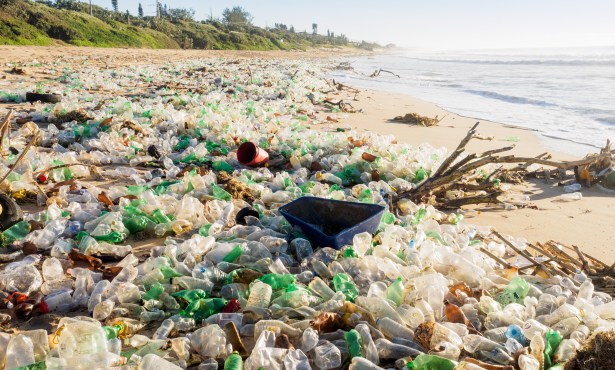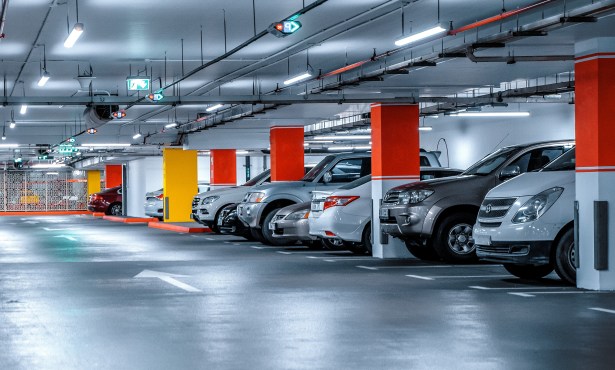What Makes a Home ‘Green’?
Energy efficiency, water conservation, and sustainable materials used efficiently are the core of green building.

Multi-year drought, distressed forests, and intense wildfires bring awareness of the local impacts of climate change. Efforts to address climate change have long focused on cutting greenhouse-gas (GHG) emissions and more recently on sequestering carbon. But because the impacts of climate change are now upon us, we need to add to our efforts resilience planning. What is the focus of these efforts related to our buildings?
In reviewing many “green building” programs, the most common characteristics are energy efficiency, water conservation, and selecting materials that are sustainable and used in a resource-efficient way.
Because energy use is strongly linked to GHG emissions, reducing energy consumption in homes tends to decrease damage caused by burning fossil fuels. There are many ways to reduce energy use in homes: install more efficient appliances, select higher-performance windows, and/or add thicker insulation.
Water conservation makes sense in most regions of the country, excluding only those where fresh water is abundant. In California, water is directly linked to energy, for close to 20 percent of our energy use statewide is consumed in transporting and treating water. Residential water conservation emphasizes careful selection of plumbing fixtures and appliances but also promotes rainwater collection.
Choosing materials for a green home involves selecting materials that are naturally renewable (for example, wood from sustainably harvested forests), have recycled content, or are harvested/manufactured regionally. These materials also need to be incorporated into structures as efficiently as possible.
Other green building criteria worth considering are the following:
- Designing and building homes that last longer. Although rarely thought about, designing to make future changes easier helps save materials. Selecting materials that require less cleaning and less maintenance is also an aspect of durability.
- A green home is small. Scaling down is unpopular with Americans, but it greatly reduces impact.
- A green home provides superior indoor air quality and promotes human health. Avoiding materials and furnishings that involve toxins and outgassing is key. Good natural and mechanical ventilating is also important.
- Because transportation involves our biggest consumption of fossil fuel, selecting a location that is close to work, shopping, schools, and public transportation could be the most impactful of all criteria, but is rarely addressed.
Resilience focuses on livable conditions in buildings after a disaster, on backup power, and on access to potable water. These strategies are being woven into “green building” programs but expanded to community scale. Photovoltaics with on-site storage can provide basic services and information during power outages. We know how to build tight buildings out of noncombustible materials to resist wildfires. Mechanical ventilation with HEPA (high-efficiency particulate air) filters can handle smoke and ash from wildfires. Rainwater collection, composting toilets, and recycled water are other resilience strategies.
Dennis Allen is chair of Allen Construction, an employee-owned company committed to building and operating sustainably. He also serves as chair of the Dean’s Council at the Bren School of Environmental Science & Management at UCSB and as a boardmember of the Community Environmental Council.



